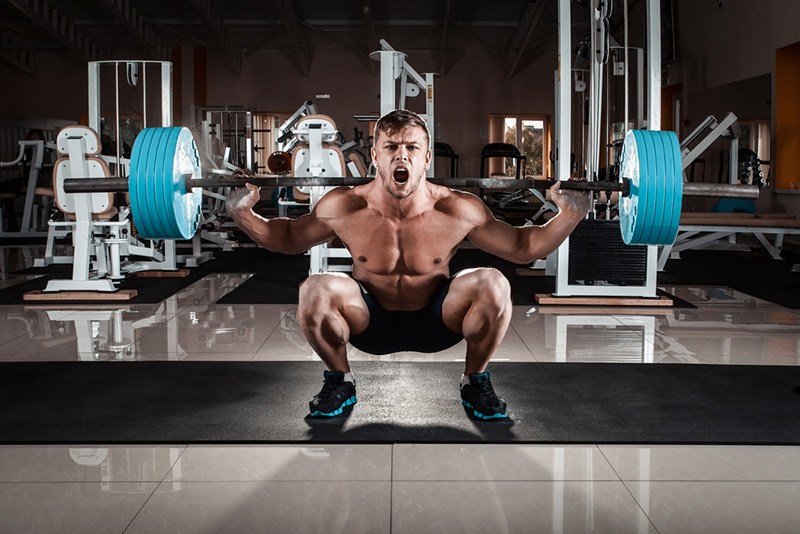Volume 111, Nº 6, December 2018
DOI: http://www.dx.doi.org/10.5935/abc.20180167
ORIGINAL ARTICLE
Comparison of Cardiac and Vascular Parameters in Powerlifters and Long-Distance Runners: Comparative Cross-Sectional Study
Diego Vidaletti Silva
Gustavo Waclawovsky
Ana Beatriz Kramer
Cinara Stein
Bruna Eibel
Guilherme Brasil Grezzana
Maximiliano Isoppo Schaun
Alexandre Machado Lehnen

Abstract
Background: Cardiac remodeling is a specific response to exercise training and time exposure. We hypothesized that athletes engaging for long periods in high-intensity strength training show heart and/or vascular damage.
Objective: To compare cardiac characteristics (structure and function) and vascular function (flow-mediated dilation [FMD] and peripheral vascular resistance [PVR]) in powerlifters and long-distance runners. Methods: We evaluated 40 high-performance athletes (powerlifters [PG], n = 16; runners [RG], n = 24) and assessed heart structure and function (echocardiography), systolic and diastolic blood pressure (SBP/DBP), FMD, PVR, maximum force (squat, bench press, and deadlift), and maximal oxygen uptake (spirometry). A Student’s t Test for independent samples and Pearson’s linear correlation were used (p < 0.05).
Results: PG showed higher SBP/DBP (p < 0.001); greater interventricular septum thickness (p < 0.001), posterior wall thickness (p < 0.001) and LV mass (p < 0.001). After adjusting LV mass by body surface area (BSA), no difference was observed. As for diastolic function, LV diastolic volume, wave E, wave e’, and E/e’ ratio were similar for both groups. However, LA volume (p = 0.016) and BSA-adjusted LA volume were lower in PG (p < 0.001). Systolic function (end systolic volume and ejection fraction), and FMD were similar in both groups. However, higher PVR in PG was observed (p = 0.014). We found a correlation between the main cardiovascular changes and total weight lifted in PG.
Conclusions: Cardiovascular adaptations are dependent on training modality and the borderline structural cardiac changes are not accompanied by impaired function in powerlifters. However, a mild increase in blood pressure seems to be related to PVR rather than endothelial function. (Arq Bras Cardiol. 2018; 111(6):772-781)
Keywords: Hypertrohy,Ventricular; Exercise; Exercise MovementTechniques; Blood Pressure; Resistance Training; Running/physiology.















